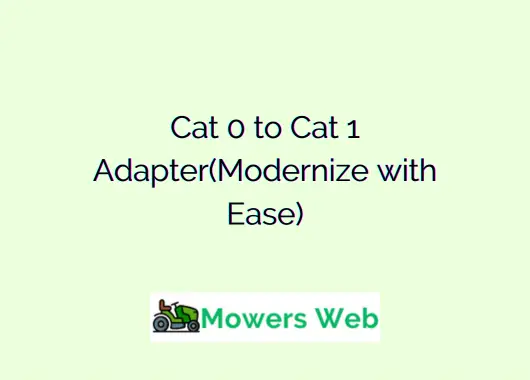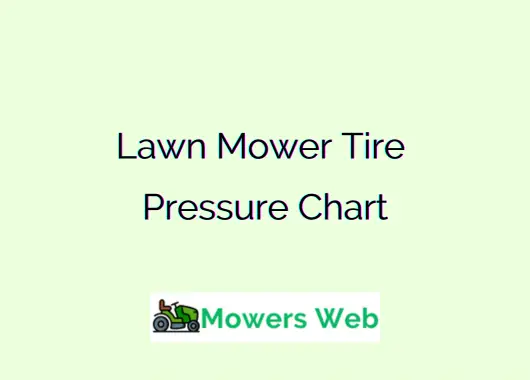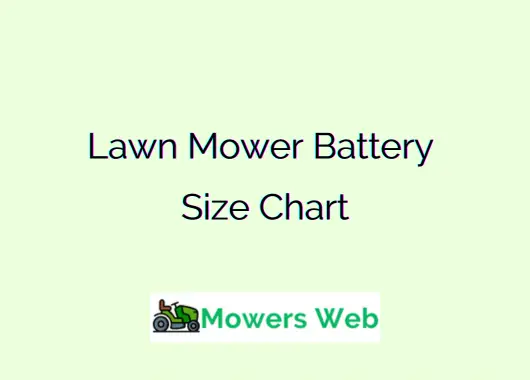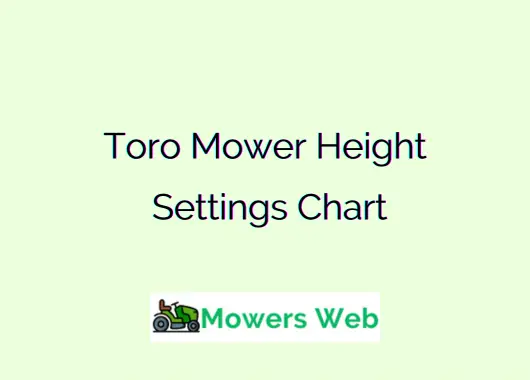As newer standards emerge, older infrastructure often faces the challenge of compatibility. This is where adapters play a crucial role, bridging the gap between legacy systems and modern requirements.
If your tractor uses a Category 0 (Cat 0) 3-point hitch, you might find that some attachments are designed for the larger Category 1 (Cat 1) hitch. Luckily, there’s a handy solution: the Cat 0 to Cat 1 adapter.
Cat 0 to Cat 1 Adapter
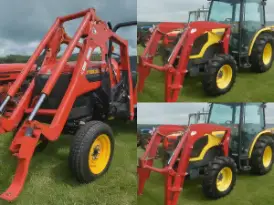
What is a Cat 0 to Cat 1 Adapter?
A Cat 0 to Cat 1 adapter is a simple yet effective piece of equipment that bridges the gap between these two hitch sizes. The adapter is essentially a sleeve or bushing that fits inside the Cat 0 hitch arms. This increases the inner diameter of the hitch arms, allowing them to accommodate the larger diameter pins and balls of Cat 1 implements.
How Does a Cat 0 to Cat 1 Adapter Work?
The operation of a Cat 0 to Cat 1 adapter is relatively straightforward. It intercepts the signals transmitted through Cat 0 cables and converts them into a format compatible with Cat 1 specifications. This conversion process ensures that data can flow seamlessly between devices, regardless of the cable types being used.
Benefits of Using a Cat 0 to Cat 1 Adapter
Increased Compatibility
One of the primary benefits of employing a Cat 0 to Cat 1 adapter is the enhanced compatibility it offers. By bridging the gap between different cable standards, it allows for the integration of older equipment into modern networks without significant compatibility issues.
Cost-Effectiveness
Instead of overhauling entire networking infrastructures to accommodate newer standards, businesses can opt for Cat 0 to Cat 1 adapters as a cost-effective alternative. This approach helps extend the lifespan of existing equipment while ensuring seamless connectivity.
Ease of Installation
Installing a Cat 0 to Cat 1 adapter is a straightforward process that does not require extensive technical expertise. Users can easily integrate these adapters into their existing setups, minimizing downtime and operational disruptions.
Read Will a 54 inch Mower Fit on a 5×8 Trailer(Explained)
Applications of Cat 0 to Cat 1 Adapters
Cat 0 to Cat 1 adapters find applications in various scenarios where legacy equipment needs to coexist with modern networking environments. Some common applications include:
- Upgrading older surveillance systems
- Integrating legacy machinery in industrial settings
- Retrofitting older infrastructure with newer networking technologies
Factors to Consider When Choosing a Cat 0 to Cat 1 Adapter
When selecting a Cat 0 to Cat 1 adapter, several factors warrant consideration to ensure optimal performance and compatibility:
1. Compatibility with Existing Infrastructure
It’s essential to choose an adapter that seamlessly integrates with your current networking setup to avoid compatibility issues down the line.
2. Quality and Reliability
Opt for adapters from reputable manufacturers known for their quality and reliability. Investing in a high-quality adapter ensures stable and consistent performance over time.
3. Cost Considerations
While cost is a crucial factor, it’s essential to strike a balance between affordability and quality. Avoid compromising on the quality of the adapter to save costs, as subpar adapters may lead to performance issues and compatibility concerns.
Read What Size Mower for 10 Acres?(Tips for Perfect Size)
Installation Guide for Cat 0 to Cat 1 Adapter
Installing a Cat 0 to Cat 1 adapter is a relatively simple process that can be broken down into the following steps:
- Assess Compatibility: Ensure that the adapter is compatible with your existing networking infrastructure.
- Power Off Equipment: Before installation, power off all relevant equipment to prevent any potential damage.
- Connect Cables: Connect the Cat 0 cable to one end of the adapter and the Cat 1 cable to the other end.
- Secure Connections: Ensure that all connections are secure and properly tightened to prevent signal loss or interference.
- Power on Equipment: Once the connections are secure, power on the equipment and verify that the adapter is functioning correctly.
- Testing: Conduct thorough testing to ensure that data transmission is smooth and without errors.
Safety First
Always prioritize safety when using an adapter. Double-check that the adapter is securely installed and that the implement is properly attached before operating your tractor. It’s also wise to consult your tractor’s manual for any weight limitations associated with using an adapter.
By utilizing a Cat 0 to Cat 1 adapter, you can significantly enhance the functionality of your compact tractor and unlock a world of new possibilities for your projects. With a little research and the right adapter, you can keep your trusty tractor working hard for years to come.
Choosing the Right Cat 0 to Cat 1 Adapter
When selecting a Cat 0 to Cat 1 adapter, there are a few key factors to consider:
- Material: Look for an adapter made from high-quality steel for strength and durability.
- Size: Ensure the adapter’s inner diameter matches your Cat 0 hitch arms and the outer diameter fits the Cat 1 implements you plan to use.
- Top Link Compatibility: Some adapters may also include a reducer bushing for the top link, so verify if this is needed for your setup.
Types of Cat 0 to Cat 1 Adapters
- Simple Bushing Adapters: These are the most common and affordable options. They are essentially sleeves that fit inside the Cat 0 hitch arms, increasing their diameter.
- Flanged Adapters: These adapters offer additional stability with a wider flange that sits on the outside of the Cat 0 hitch arm. This can be beneficial for heavier implements.
- Top Link Adapters: Some Cat 0 tractors might have a smaller top link diameter than Cat 1 implements. These combination adapters address both the lower hitch arms and the top link in one unit.
- Quick Hitch Adapters: If you frequently swap between implements, a Cat 0 to Cat 1 quick hitch adapter can be a lifesaver. These adapters allow for attaching and detaching implements without manually removing pins and levers.
Choosing the Right Adapter
Here’s a breakdown of key considerations when selecting your Cat 0 to Cat 1 adapter:
- Tractor Model and Hitch Specifications: Consult your tractor’s manual to confirm the exact dimensions of your Cat 0 hitch arms and any weight limitations when using adapters.
- Implements You Plan to Use: Research the pin and ball diameters of the Cat 1 implements you intend to attach. Ensure the adapter’s inner diameter matches these dimensions for a secure fit.
- Frequency of Use and Implement Weight: For occasional use with lighter implements, a simple bushing adapter might suffice. For heavier implements or frequent use, consider a flanged adapter or even a quick hitch adapter for added convenience.
Read How to Put a Ball Hitch on a Lawn Mower(5 Quick Steps )
FAQ
What is the purpose of a Cat 0 to Cat 1 adapter?
The purpose of a Cat 0 to Cat 1 adapter is to enable compatibility between devices or systems utilizing Cat 0 cables and those designed for Cat 1 connections.
Can I use a Cat 0 to Cat 1 adapter with older networking equipment?
Yes, Cat 0 to Cat 1 adapters are specifically designed to facilitate the integration of older networking equipment into modern environments.
How do I know if a Cat 0 to Cat 1 adapter is compatible with my system?
Before purchasing an adapter, ensure that it is compatible with your existing networking infrastructure by checking the specifications provided by the manufacturer.
Are Cat 0 to Cat 1 adapters backward compatible?
Yes, Cat 0 to Cat 1 adapters are typically backward compatible, meaning they can work with older equipment that uses Cat 0 cables.
Where can I purchase high-quality Cat 0 to Cat 1 adapters?
High-quality Cat 0 to Cat 1 adapters can be purchased from reputable electronics retailers or online marketplaces specializing in networking equipment.

